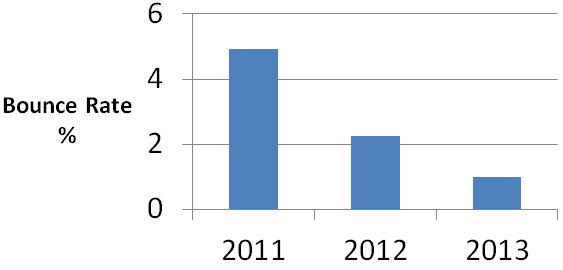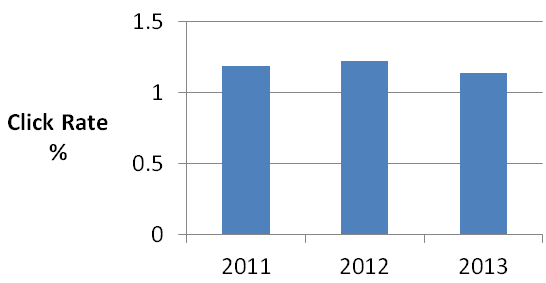Our emails can be bounced by the recipients’ email servers if the email addresses are no longer existent. The reason could be that the recipients have left the university or company. But why do we care bounces?
If we use our own email server, then high bounce rate will result in a bad reputation score on our server. A bad reputation means the recipients’ email server will likely to put our emails to the “spam” folder. If we use a third party email sending service, then a high bounce will cause their server to have a bad reputation score, and they may close our account.
What is the acceptable bounce rate? The upper limit is usually 5%. We should try out best to lower the bounce rate. Many email sending services (including Biz Genius) make sure that the bounced emails will not be sent out again. But what about a fresh list? Since many companies get emails from publications, a natural question is: should we get emails from a publication that is 3 years old?
To answer this question, we did an experiment. We sent identical campaigns to 3 lists. The 3 lists are from publications of 2011, 2012, and 2013 (until July). We found the bounce rate doubles from 2013 to 2012, and doubles again from 2012 to 2011. The bounce rate of 2011 reaches 5%. See figure below.
This gives us some warning: publications of >2 years old are already too old.
On the other hand, the click rate does not differ from year to year. That means, if you can somehow remove the invalid emails before you send out emails, then older lists are still fine.
Lessons Learned:
- Bounce rate of emails from publications of 2+ years old reaches 5% (the acceptable limit).
- Click rate does not change over time.


